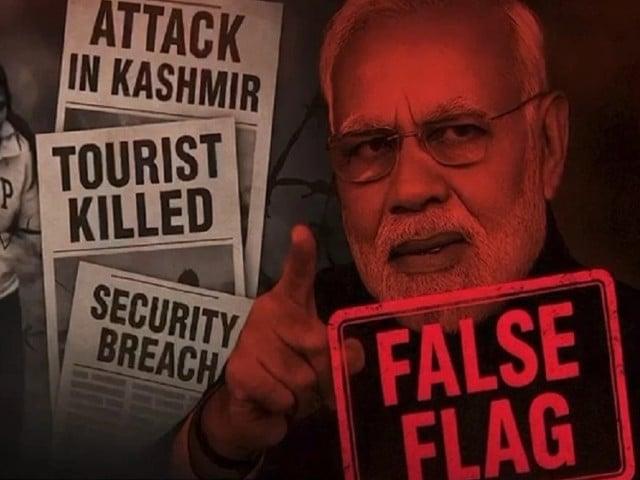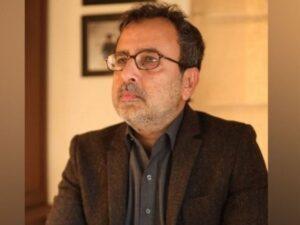Pakistan has issued a dossier that detailed what it describes as undeniable evidence of Indian aggression, a coordinated disinformation campaign and false flag surgery, including the recent Pahagam event used as a pretext for unprovoked aggression against Pakistan.
At least 24 people were killed in Indian illegally occupied Jammu and Kashmir (IIOJK) after gunmen opened fire against a group of tourists. The incident took place in Pahaldam, a well -known tourist destination.
After the attack, a confidential document appeared on the messaging platform Telegram and revealed the involvement of India’s intelligence agency, the research and analysis wing (RAW) in the planning of a false flag surgery.
According to sources, the document outlines a strategy that focuses on “PSY OPS and Narrative Control,” which triggers speculation that Indian authorities may intend to manipulate media narratives and false implicate Pakistan’s Inter-Services Intelligence (ISI) in the attack.
The dossier issued by Pakistani authorities on Sunday presents undeniable evidence of the historical success of armed forces in Operation Bunyanum Marsoos, Pahagam False Flag and Indian Aggression against Pakistan.
Read more: Pakistan never requested a ceasefire: DG ISPR
According to the sources, the dossier says Pakistan only hit Indian military targets related to attacks on unarmed civilians. “Only the Indian goals were hit from which attacks on innocent and unarmed Pakistanis were launched,” it said.
The dossier includes satellite images, field information and reports from credible international media, added officials. It also provides a detailed account of Indian military losses, as Pakistan says they were inflicted in a “measured and targeted” response.
Innocent civilians, including women and children, were among the losses of the Indian aggression, the document says. “Pakistan is a supporter of peace and will defend his sovereignty at all costs,” it claims.
Sources said dossier accuses Indian media, allegedly linked to the country’s intelligence agency RAW, to spread fake news and encourage tension after the Pahagam event. “The Indian militant media spread fake news immediately after Pahagam’s fake flags and created a warlike atmosphere through misleading propaganda,” they added.
The dossier also highlights Pakistan’s calls to India to conduct a transparent study of the Pahagam attack. It also quotes international media coverage and criticism from Indian politicians and members of the public who questioned the official tale of Pahaldam.
Diplomatic analysts say the release of dossier has strengthened Pakistan’s position on the global scene. “Pakistan has postponed Indian aggression with evidence,” noted an expert. According to diplomatic experts, dossies have crushed India’s misleading propaganda by presenting the facts and indicating the truth.
Pakistan-India Army
The latest escalation between Pakistan and India began on April 22 when an attack in Pahagam killed 26 people. India immediately accused Pakistan of the incident. However, Pakistan categorically rejected the Indian guilt.
In response, India took on a number of hostile actions the next day of April 23, including the suspension of the 65-year-old Indus Waters Treaty (IWT), which canceled Visa for Pakistani citizens, closes the Wagah-Attari border transition, ordered the shutdown of Pakistan High Commission in New Delhi and the reduction of diplomatic staff at each other’s amount.
Tensions further escalated in the early hours of May 7, when missile strikes hit six cities in Punjab and Azad Jammu and Kashmir (AJK), destroy a mosque and kill dozens of civilians, including women, children and the elderly.
Read more: French intelligence officer confirms the Downing of Rafale by Pakistan
In a rapid military reaction, Pakistan’s armed forces shot Indian war plane, including three Rafale jet aircraft. The confrontation intensified again in the early hours of May 10 when India targeted several Pakistani Airbases with missile attacks. In contrast, Pakistan Operation launched Bunyanum Marsoos, which damaged Indian military installations, including missile storage sites, airbases and other strategic goals.
On Saturday night, US President Donald Trump announced that a ceasefire had reached after an intense diplomatic effort overnight. Minutes later, the agreement was confirmed separately by Pakistan’s Foreign Minister Ishaq Dar and the Indian Foreign Secretary.



